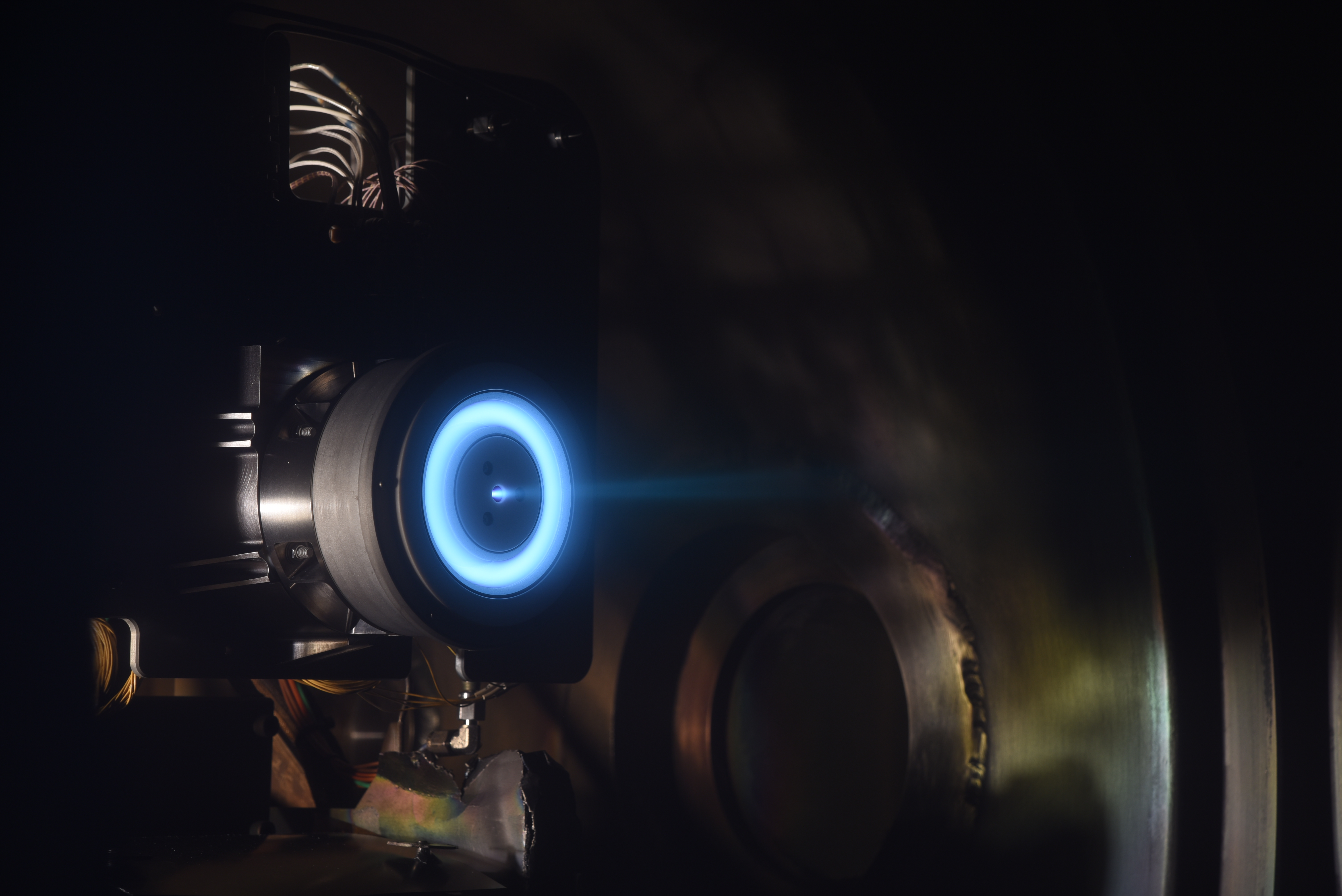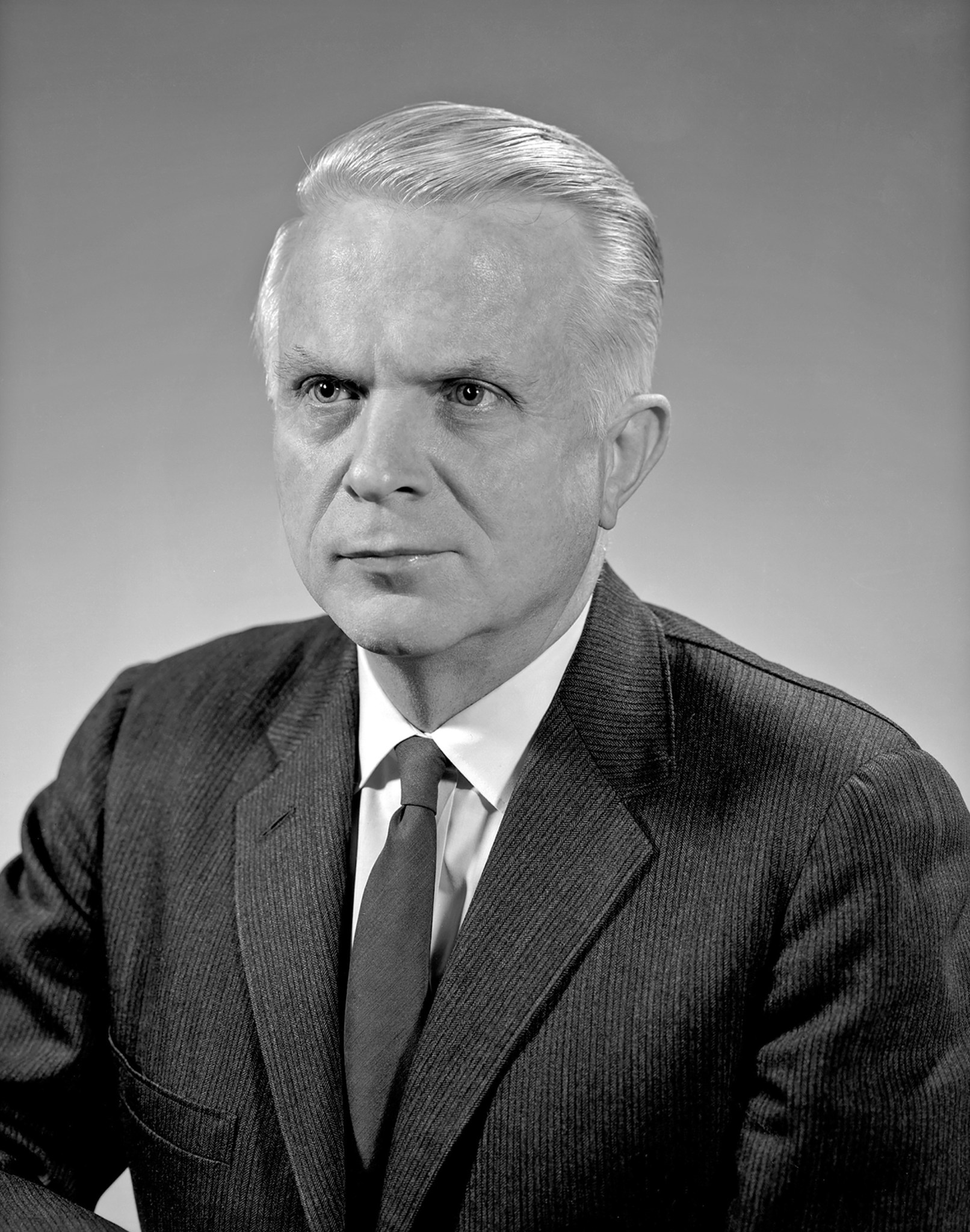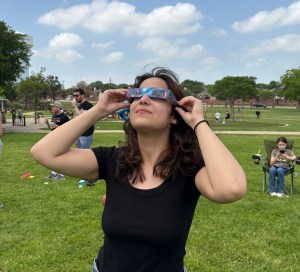Richard T. “Dick” Whitcomb (1921 – 2009) conceived and developed three revolutionary aerodynamic concepts that forever changed airplane design by enabling military and civil aircraft to fly faster, farther, and with less fuel. By some estimates, his personal contributions represent fully one-third of the most important technological accomplishments of the Langley Research Center, since its inception in 1917.
Whitcomb was born in Evanston, Illinois, and grew up in Worchester, Massachusetts, where he developed an enthusiastic interest in flying rubber-band balsa model airplanes. He attended Worcester Polytechnic Institute and, in 1943, graduated with high honors and a bachelor’s degree in mechanical engineering, with a concentration in aeronautics.
He had read about the NACA Langley Memorial Aeronautical Laboratory in a magazine article and was suitably impressed, to the point that he was prepared to join the laboratory long before a job was offered. He quickly accepted an offer from an NACA recruiter as a Junior Engineer working for Eugene Draley at the Langley 8-Foot High-Speed Tunnel. His first efforts were in support of tunnel testing of high-priority military aircraft for the war effort, especially the XB-29 bomber. In interviews after his retirement, he joked that he remained in that building for his entire Langley career, and his desk never moved more than 50 feet — but his responsibilities changed, as he proceeded to later become the famous head of the organization.
The tunnel had been put into operation in 1936, and although it could attain speeds as high as 575 mph, it could not reach transonic conditions. The tunnel was upgraded with increased power in 1945 and, following a breakthrough NACA contribution in which Whitcomb participated, its test section was slotted in 1950. It then became known as the 8-Foot Transonic Tunnel and became a workhorse for aerodynamicists. When the pressures of round-the-clock testing of specific military airplanes subsided after the war, Whitcomb was able to turn his attention to more basic research, specifically on how to reduce the tremendous increase in aerodynamic drag that was noted for aircraft configurations near the speed of sound.
In late 1951, he was inspired by a lecture on the basics of transonic flow by the premier Langley aerodynamicist of the day, Dr. Adolph Busemann. After vividly absorbing the information and visualizing the principles involved, he was sitting at his desk with his feet propped up one day when he had a flash of inspiration that resulted in one of the most important discoveries in the field of aeronautics. Whitcomb theorized that, to minimize transonic drag, the cross-sectional area distribution along the length of an airplane should be similar to that of a smooth body. This concept, known as the “area rule,” was a milestone discovery. A few days later, he briefed Busemann and others on his theory, to which Busemann commented: “Some people come up with half-baked ideas and call them theories. Whitcomb comes up with a brilliant idea and calls it a rule of thumb.”
At the time Whitcomb conceived the area rule, tests of a model of the Air Force F-102 fighter were under way in the tunnel; but that model was briefly removed to quickly verify Whitcomb’s findings, with a simple wing-body model that was built with top priority in the Langley shops. With positive results of the tunnel test of Whitcomb’s concept in-hand, the group returned to testing the F-102, adding modifications to the fuselage that complied with the criterion of the area rule. Drag measurements of the basic F-102 in the tunnel had shown enormous levels of drag — to the point that the airplane would not be able to fly at supersonic speeds in level flight. After actual flight test results verified the unacceptability of the design, the F-102 was modified according to Whitcomb’s guidelines, and easily flew supersonically — not only in level flight, but also in its initial climb. The modification had improved the speed of the F-102 by an estimated 25-percent. The area rule concept has been incorporated in virtually every high-performance military aircraft to this day.
In 1953, Langley began operations of a new transonic tunnel known as the 8-Foot Transonic Pressure Tunnel having increased capabilities to study transonic phenomena. It became known as “Whitcomb’s Tunnel.”
After his magnificent contribution of the area rule, during the 1960s Whitcomb became involved in the design challenges of the U. S. Supersonic Transport (SST) program. He applied all of his skills to design a NASA research configuration called SCAT IV. When evaluated by industry, his design fared well in its predicted aerodynamic performance, but the projected operating costs — as well as those of other NASA configurations — were unacceptably high compared to subsonic transports. Whitcomb withdrew from the SST program, convinced that a supersonic civil airplane would not be an economically-viable concept. He maintained that philosophy for the remainder of his life.
Following the disappointment of the SST program, he turned his attention back to drag-reduction techniques for subsonic transports. In 1969, Whitcomb designed a new wing and airfoil shape that dramatically delayed the onset of drag of subsonic transports at high subsonic speeds. Incorporating a thick, blunt leading edge, a flat top, a bulging underside and a tail edge that hooked downward with a lip that looked like an extended flap, his “supercritical wing” concept was quickly verified by flight-tests of full-scale aircraft. Already known to be a workaholic, during the development of the supercritical wing he became even more so. He often would work a double shift, take a short nap on a cot he had next to the wind tunnel, and then go right back to the on-going test.
With the principles of the area rule and the supercritical wing in hand, he derived designs for transport configurations that could fly at 99-percent of the speed of sound, calling them “sonic transports.” After industry became interested in his concept and began studies of applications, the Arab Oil Embargo of 1973-1974 arose. That event had a large impact on airline operating procedures. Airlines were willing to trade the increased speed enabled by the supercritical wing for thicker wings with longer wingspans that could cruise more efficiently — but at speeds lower than sonic conditions. Today, wings based on the principles of Whitcomb’s concepts are used in almost every commercial airliner flying today, saving the industry billions in dollars in fuel costs.
The third breakthrough by Whitcomb was inspired by his analytical consideration of the airflow at the wing tips of soaring birds. Wing-tip vertical end-plates had been used in efforts to reduce drag many years before Whitcomb’s design efforts, but his ingenious and detailed analysis led to special tailoring of such devices, which proved to significantly reduce drag at cruising speeds. He called his invention “winglets,” which were quickly implemented on domestic and foreign subsonic transports and business jets. The devices are now commonly seen on aircraft at major airports throughout the world.
In the 1970s, he also initiated and directed a successful NASA program that developed advanced airfoils, including medium-speed airfoils to improve the performance of business jets, low-speed airfoils for general aviation aircraft, and rotorcraft airfoils for the helicopter industry.
Whitcomb retired from NASA in 1980; but continued to work as a consultant for NASA and aerospace companies.
His many prestigious awards include the Collier Trophy of 1954 for the area rule, the Air Force Exceptional Service Medal of 1955, one of the Top Ten Outstanding Men of the Year for 1956 by the U.S. Junior Chamber of Commerce, the Sylvanus A. Reed Award in 1970, the NACA Distinguished Service Medal in 1956, the National Medal of Science in 1973, the Wright Brothers Memorial Trophy in 1974, the Meritorious Service to Aviation Award of the National Business Aircraft Association in 1978, the Howard N. Potts Medal of the Franklin Institute in 1979, the National Academy of Science Award in Aeronautical Engineering in 2000, membership into the National Inventors Hall of Fame in 2003, and membership in the National Aviation Hall of Fame in 2012.
He was awarded honorary doctorate degrees from Worcester Polytechnic Institute in 1956 (youngest recipient at age 35 years), and Old Dominion University in 1985.
Dick Whitcomb passed away in Newport News, Virginia, on October 13, 2009 at the age of 88. He never married and was survived by a sister, Marian; a brother, Charles; and a step-brother, Kenneth.

































